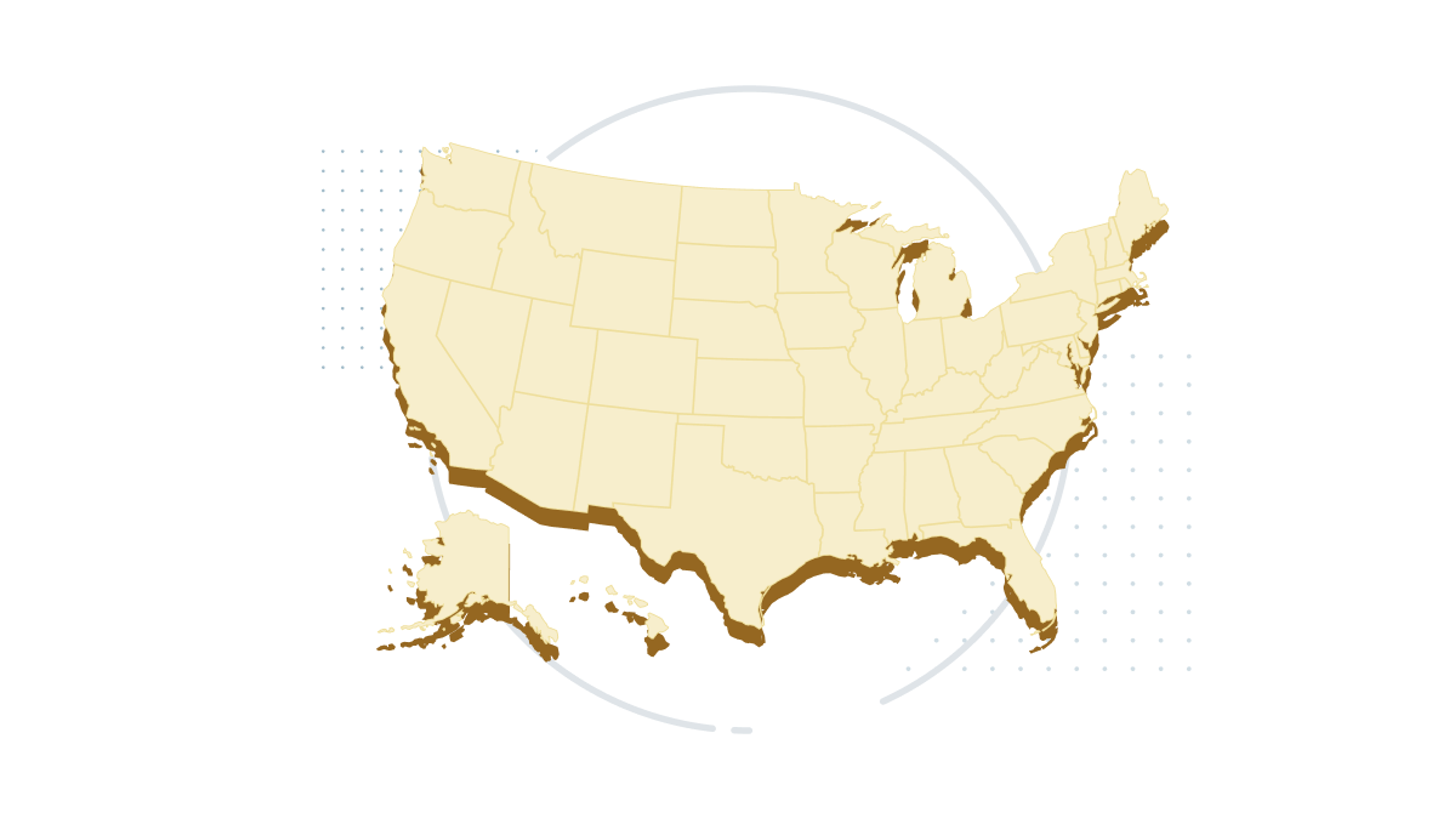Putting MEPs on the Map

As we all know, the Department of Labor recently unveiled a new final rule that will make it easier to form and manage Multiple Employer Plans (MEPs). So, it’s no wonder that many advisors in the industry are thinking about the best ways to incorporate them into their business strategies.
For retirement plan advisors, in particular, new MEP rules are changing the game—especially in the small plan market. Thanks to recent regulations, employers that have little or no business-related connection to each other are now able to join a closed MEP, creating an opportunity for advisors to service smaller clients as a 3(38) fiduciary in a way that’s both scalable and cost-effective.
Where should an advisor start? Although advisors cannot sponsor closed MEPs, they can leverage relationships to put the right MEPs in place. Most advisors have spent their careers developing centers of influence. A MEP allows them to turn those relationships into partnerships by working together to create really efficient offerings.
While the MEP would be sponsored by a lead employer that takes on the bulk of the fiduciary responsibility and administrative oversight, advisors and partners can make it easier to craft and manage while also delivering superior brand and value.
Two relationships in particular that bring significant opportunities are employer groups and associations, both of which can act as the “lead employer” of a closed MEP.
Since recent regulation now allows for unrelated employers with at least some commonality to create cost-effective group retirement plans, employer groups and associations are a perfect place to start. Both have access to a significant base of employers with common denominators, such as a common geographic location, which the Department of Labor said is a sufficient nexus to join a closed MEP.
By sponsoring a MEP, associations or employer groups can enhance their benefits, better support their members, increase engagement, and even boost membership.
The Value in One Payroll Provider
Another relationship that’s highly relevant in the MEP universe is payroll providers. Having a number of disparate payroll providers in a MEP can be an administrative nightmare.
Since accurate payroll files are critical to administering the plan, some MEPs engage a separate data aggregator to process those files, which adds time and cost while making the plan more vulnerable to mistakes just by virtue of having another third-party provider involved in plan administration.
Therefore, having one central payroll system in a closed MEP is a huge value-add, and triangulating the payroll relationship with an employer group or association is an even stronger offering. Forward-thinking advisors will try to connect associations and payroll providers in a MEP structure for maximum efficiency with optimal cost designs.
Start the MEP Discussion
Overall, advisors should be thinking about MEPs not just as they relate to their clients but as they relate to their own business models as well. And while the future of MEPs may currently be in limbo, they are still a worthwhile discussion point for advisors in the small plan market.
If nothing else, conversations about MEPs allow us all to have transparent discussions about the future of retirement for companies of all sizes. And once the passage of open MEPs comes into play, advisors who take steps now to make changes to their business strategy will already be ahead of the game.